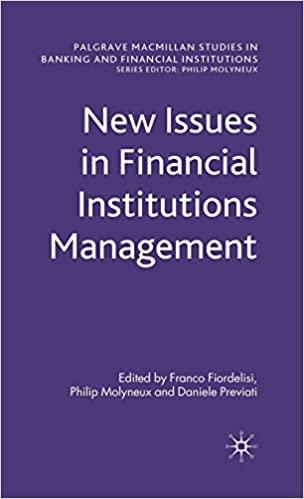Question
A result from statistics is the following. Dene a random variable Z = 1Y1 + 2Y2 + ... + NYN. So Z is a weighted
A result from statistics is the following. Dene a random variable Z = 1Y1 + 2Y2 + ... + NYN. So Z is a weighted average of other random variables (this should look to you like a portfolio return). Then: cov(X,Z) = cov(X,1Y1 + 2Y2 + ... + NYN) (1) = 1cov(X,Y1) + 2cov(X,Y2) + ... + Ncov(X,YN) (2) Using this new found knowledge, calculate the following: (a) What is the beta (CAPM beta) of a portfolio with 35% in a risk free asset with 2% annual return, and 65% in an asset X that has expected return of 10% and variance of 10%. Assume the market portfolio has expected return 8% and variance 15%. (b) What is the expected return of the portfolio in (a)? Its variance? Its covariance with the market? (c) What is the beta on a portfolio that has 40% in X and 60% in asset Y , where mean return of Y is 12%, and a variance of 24%. (d) What is the expected return of the portfolio in (c)? Its variance? Its covariance with the market? (e) Would an investor ever hold an asset Z that has market beta of .35 and expected return of 7% if another asset, call it W, had a market beta of .7 and expected return of 15%? Explain your answer. Suppose M and the risk-free asset are the same as in part (a) (although this is unnecessary for a correct answer).
Step by Step Solution
There are 3 Steps involved in it
Step: 1

Get Instant Access to Expert-Tailored Solutions
See step-by-step solutions with expert insights and AI powered tools for academic success
Step: 2

Step: 3

Ace Your Homework with AI
Get the answers you need in no time with our AI-driven, step-by-step assistance
Get Started


